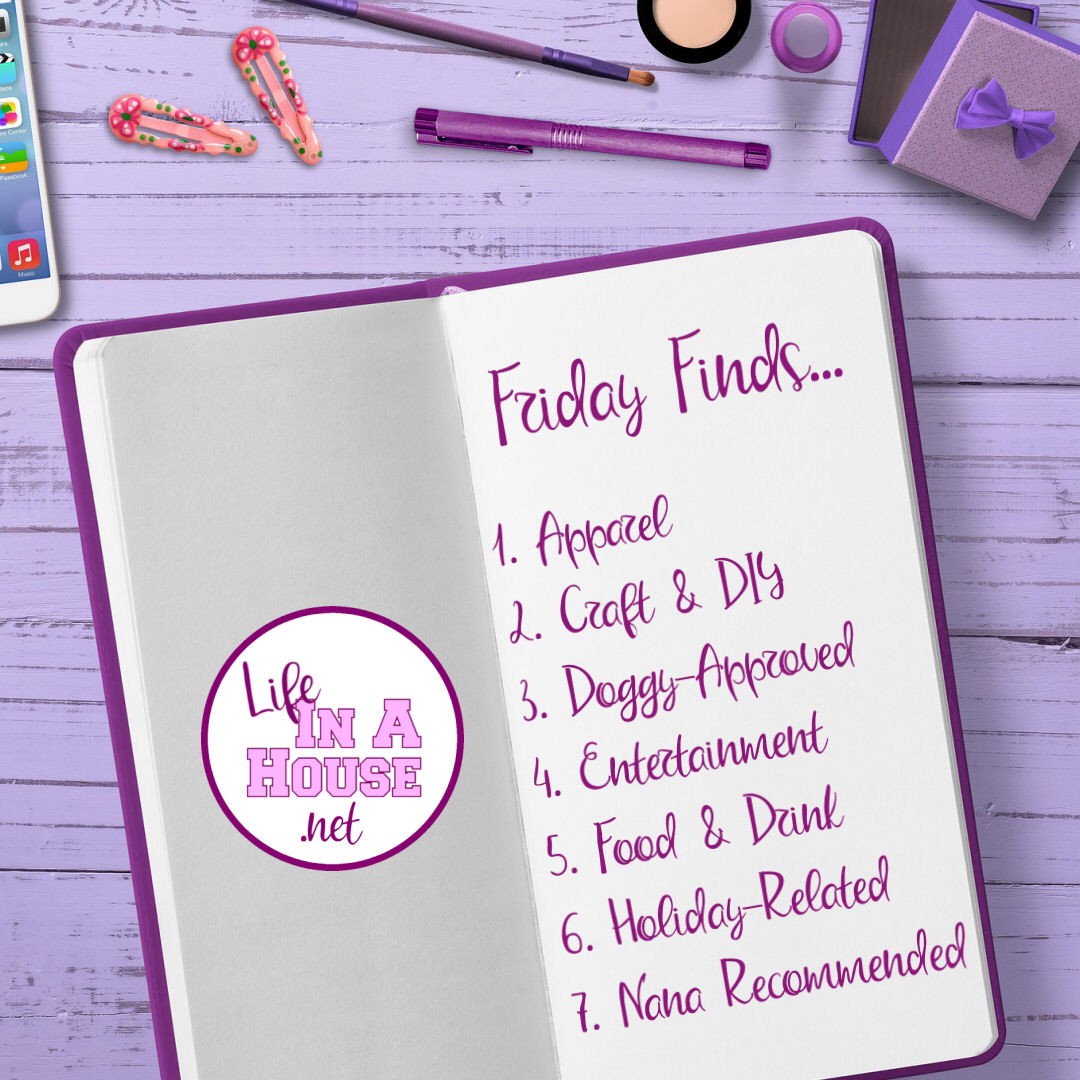
The History Behind Them
Has anyone ever wondered where water filters come from? We use them every day, in our homes and offices on such a regular basis that this question surpasses people’s minds.
According to written records, they can actually be traced back to the earliest civilizations of ancient Egyptians and Greeks. Many of the leaders back then conducted various different experiments on water purification. They have been used throughout all ages to improve water safety, for drinking purposes and also bathing or recreational purposes. This was mainly a branch of improvement regarding public health and safety. Read more about this here.
So, on the topic of water purification, there are numerous ways to clean tap water. People always complain about tap water tasting like ‘chlorine’, and this is because, on large scale water purification plants, chlorine is added to water to purify it. And the most common method in the modern-day has been to use a water filter pitcher. And of course, there are many varieties of these to choose from, becoming more and more popular by the decade.
These inventions are simply put together, but yet so effective and lifesaving. They combine a water jug (or a water pitcher) with either a fixed or a removable filter usually made of a disposable carbon filter. This material is often used because it acts like a magnet to attract and hold Chlorine whereas the other contaminants like metals for e.g. copper and lead are also removed by a process known as ion-exchange.


So, their water jugs filters can be replaced every few months once the benefits of a new one has run out and it does not filter water anymore, there is usually an indicator of sorts on the jug to check how many ‘bars’ are left or how many ‘days’ are left on it, etc. But keep in mind these pitchers do not necessarily remove bacteria, so it’s safer to use only ‘treated’ water in them. For water that has bacteria, there are other options one can choose to use. Although the variety of the fixed filters is slowly fading away. This useful item has been used to help curb various water borne diseases globally.
This article will tackle the topic around whether these filters are a worthy buy for your home or office. There have been various experiments done on a lot of different brands, for example, brands like BRITA, Aquagear, Zero Water, Lake Industries, EHM Ultra-Premium and tons more. To read all about the findings on the comparisons of these different brands click here pitcher reviews.
In a nutshell, when choosing the right pitcher for you, there a few things one should take note of. These include:
- Costs: Will depend on your personal budget and where you buy it (retail store or factory store etc
- What material is the jug made of? As most filter jugs are made out of plastic so they are not very heavy. However, it’s always a good idea to check the quality of the plastic being used. A very crucial question to ask yourself is, is it BPA-free (Bisphenol-A-free) or not? This is a chemical that is used in the production of various plastic products for decades within numerous industries since the year 1960 and can often leak into the water. Click here to find out more about BPA (Bisphenol-A-free) and its effects.
- Capacity: If you are buying a water jug for you and your family, you may consider a large one, but if it’s just for you then a smaller size would work great. Although sometimes getting a large one is also a better option for one or two people as it can be a hassle to keep refilling the jug with water after every one or two cups. It boils down to personal preference. Do you need a big one or a small one i.e. how many glasses of water can it hold?
- Is it easy to clean and also to use? A simple design that does not have too many funny angles, is always easier to clean and does not have lime-scale build up.
Limescale is the residue that you usually see around kettles and jugs lids naturally tend to build up in hard water that is left to stand in jugs and kettles. It looks like white chalk. Because soft water has fewer impurities than hard water does, you don’t notice it as much. But because hard water most often runs through minerals such as limestone or chalk, it erodes the materials from these rocks and goes straight into the water which then builds-up and solidifies.
But there is nothing to worry about, there are some quick and easy effective ways to get rid of this and keep your items clean and prevent it from coming back: https://www.topline.ie/blog/project-ideas/removing-limescale-softening-hard-water
- Warranty – Find out how long before it breaks or stops working and can you take it back to exchange it for another one.
- Are the filters or ‘refill cartridges’ sold in your local stores: there is no point in investing in one that’s not popular and not easily accessible to buy filter replacements. There is always the option of buying them online if you would rather choose to do that.

- Filter life: This is also one of the important ones to consider, how long can you use it before it stops to filter your water, you don’t want a cheap version that can only last as long as your buck. Believe it or not, there are also individual tests being done and reviews for water filters as well, as much as we think ‘one size fits all’ this is definitely not the case.
- Check the cost of these cartridges: you will be buying them on a regular basis so it’s a good idea to see how much they cost.
- Has the filter been tested: They should be certified by a legal authority such as a public health and safety organization like the NSF International and their official website is http://www.nsf.org/consumer-resources/water-quality/water-filters-testing-treatment





